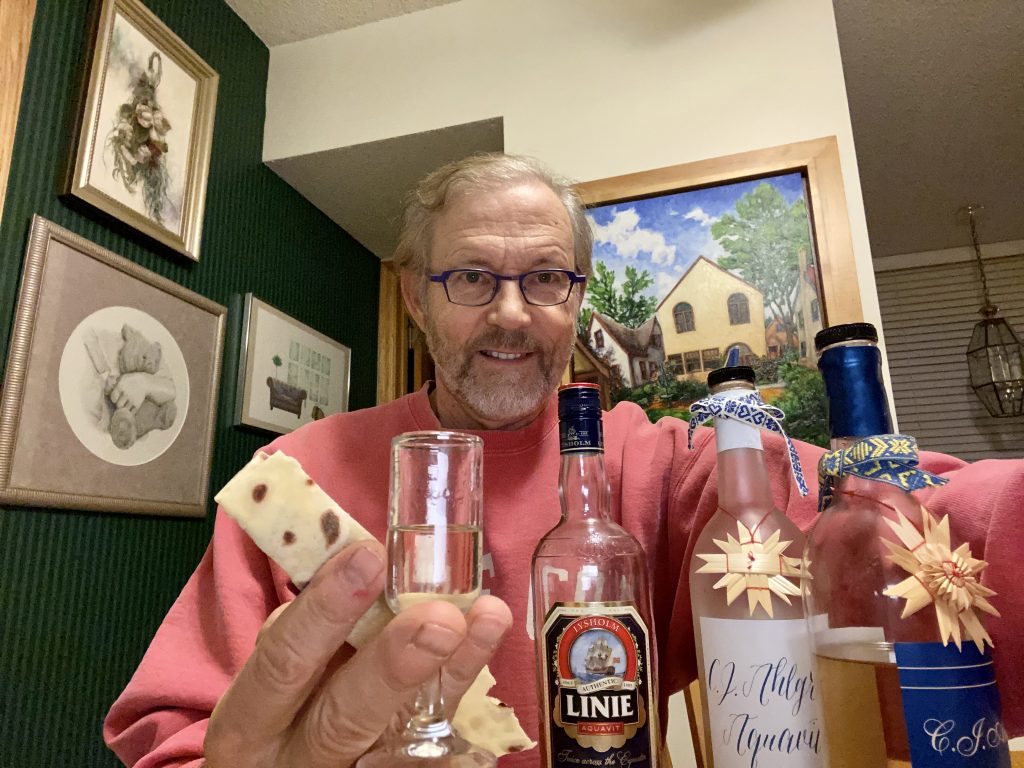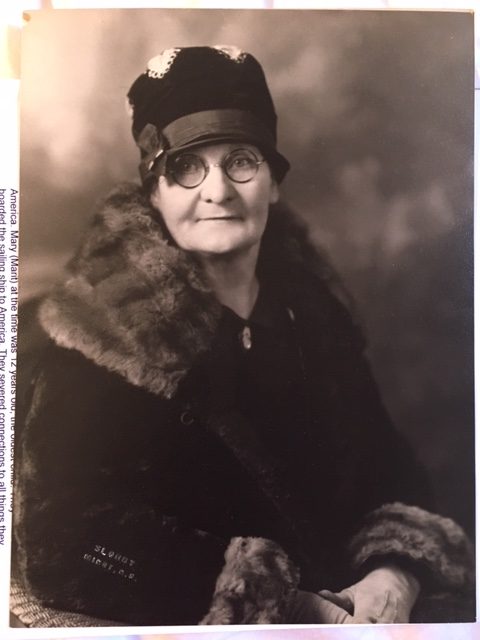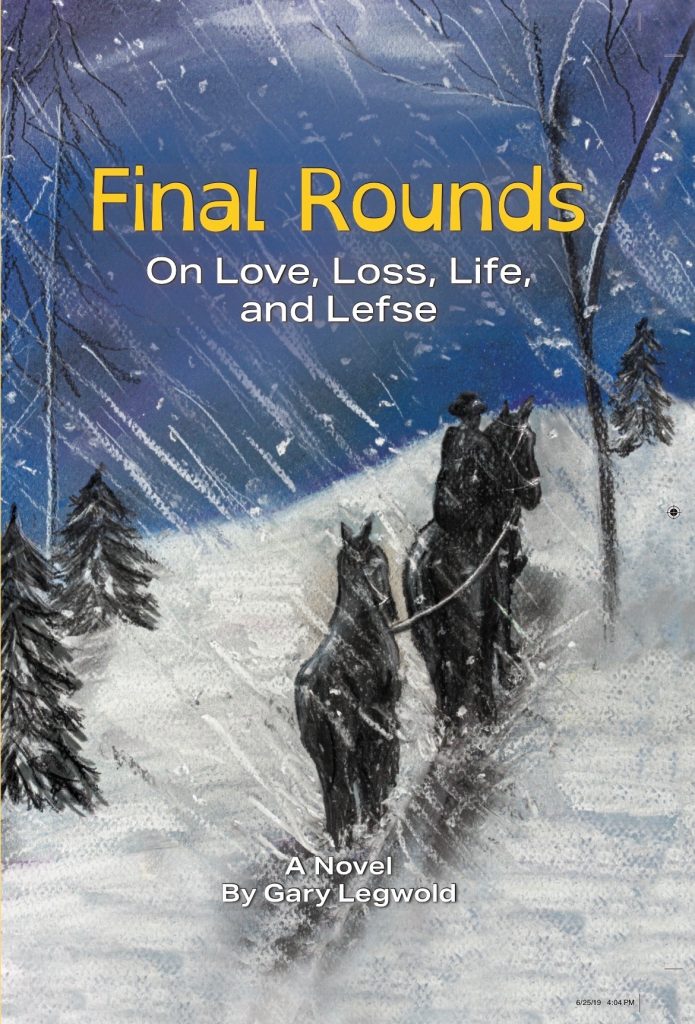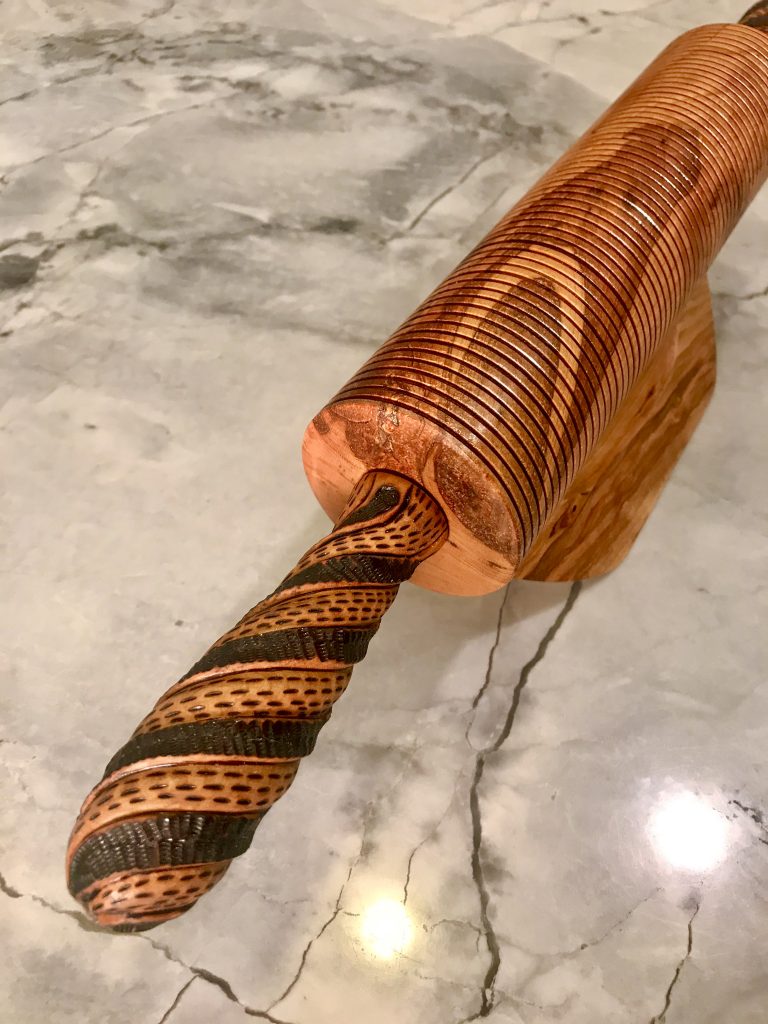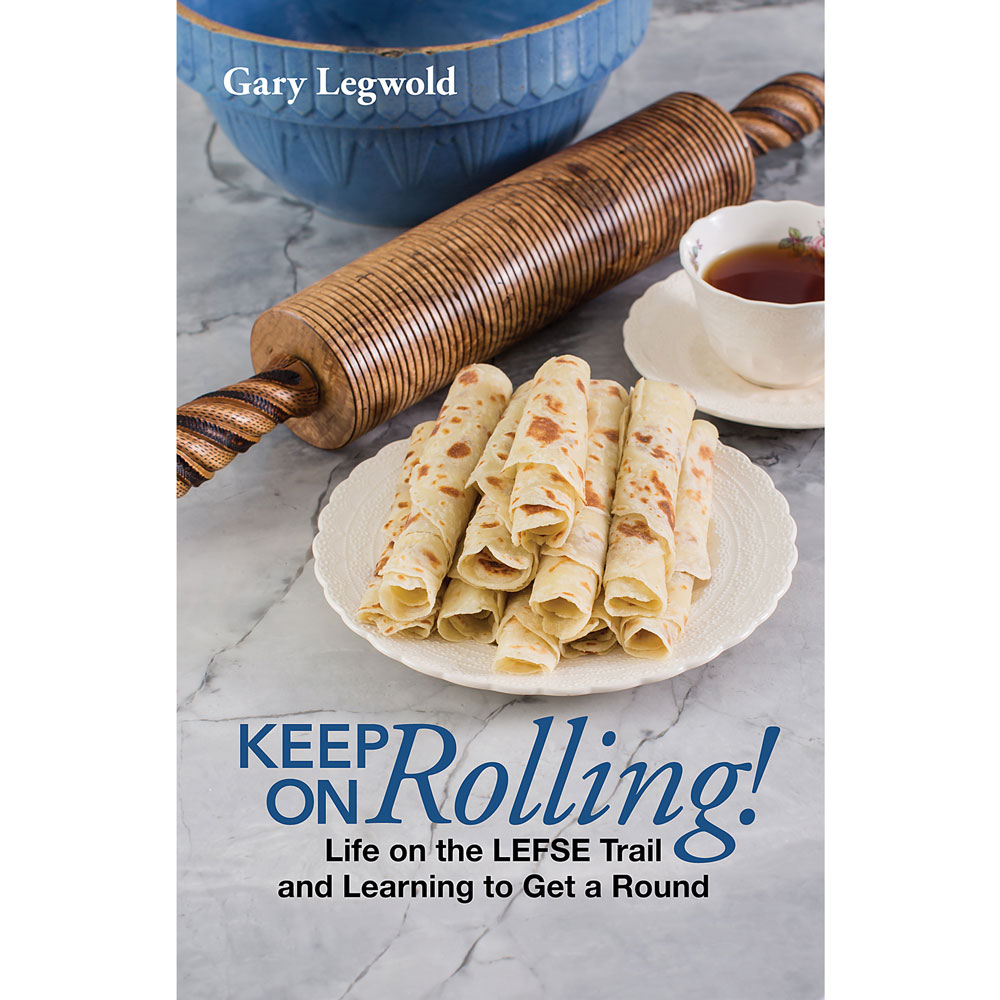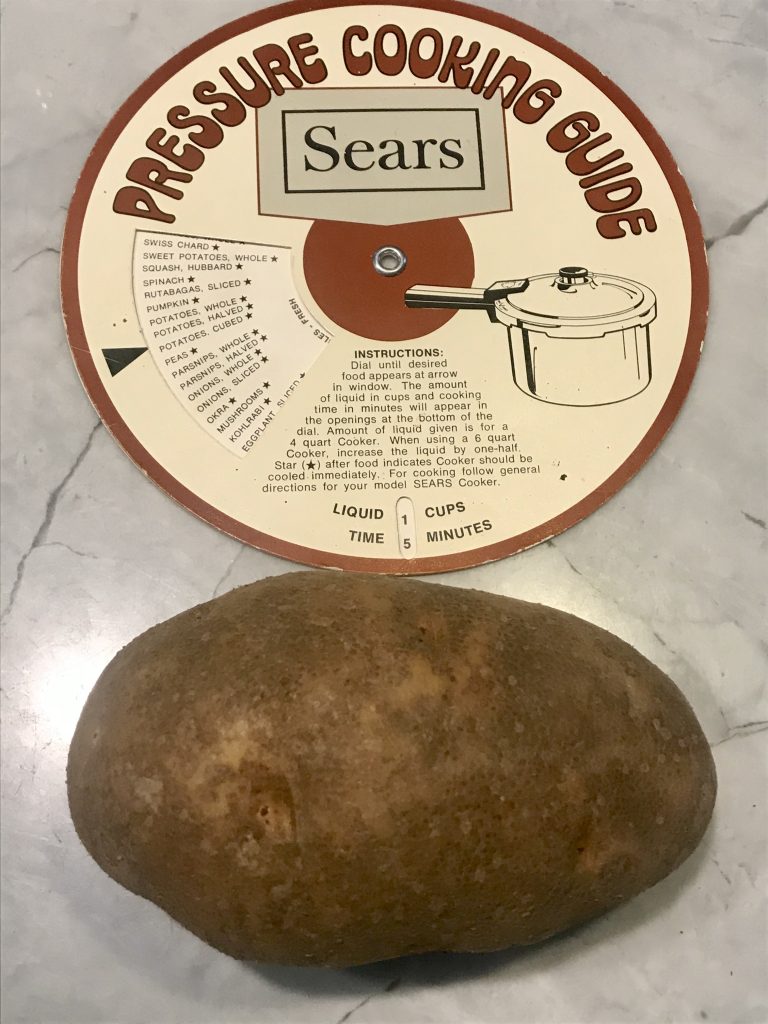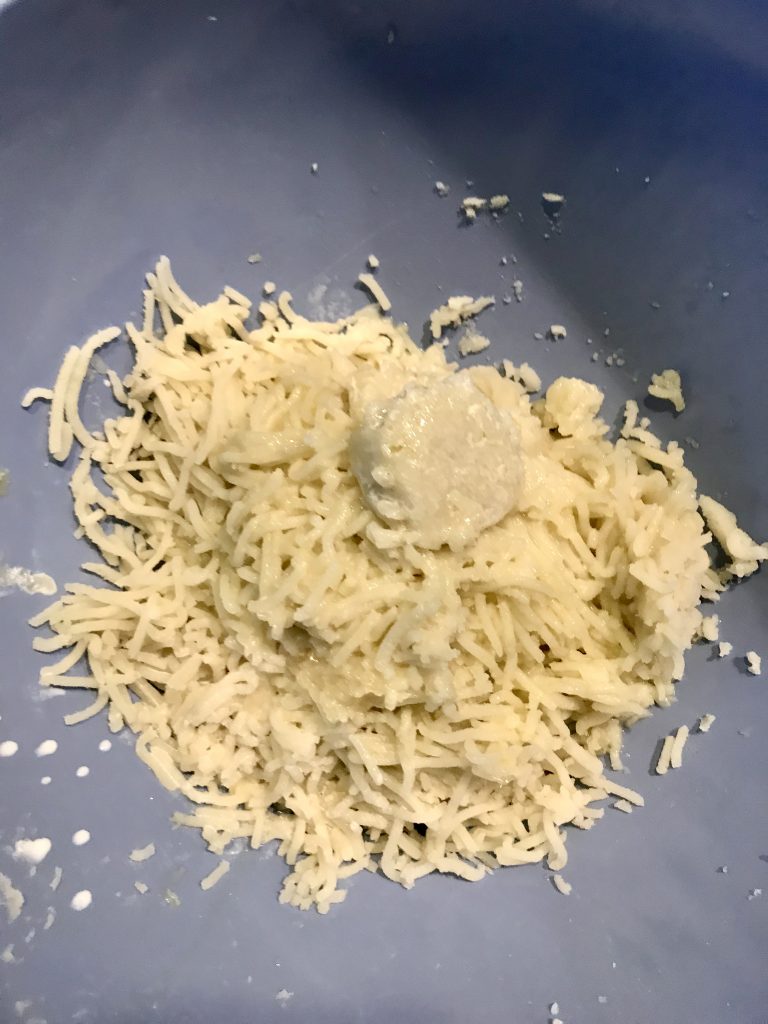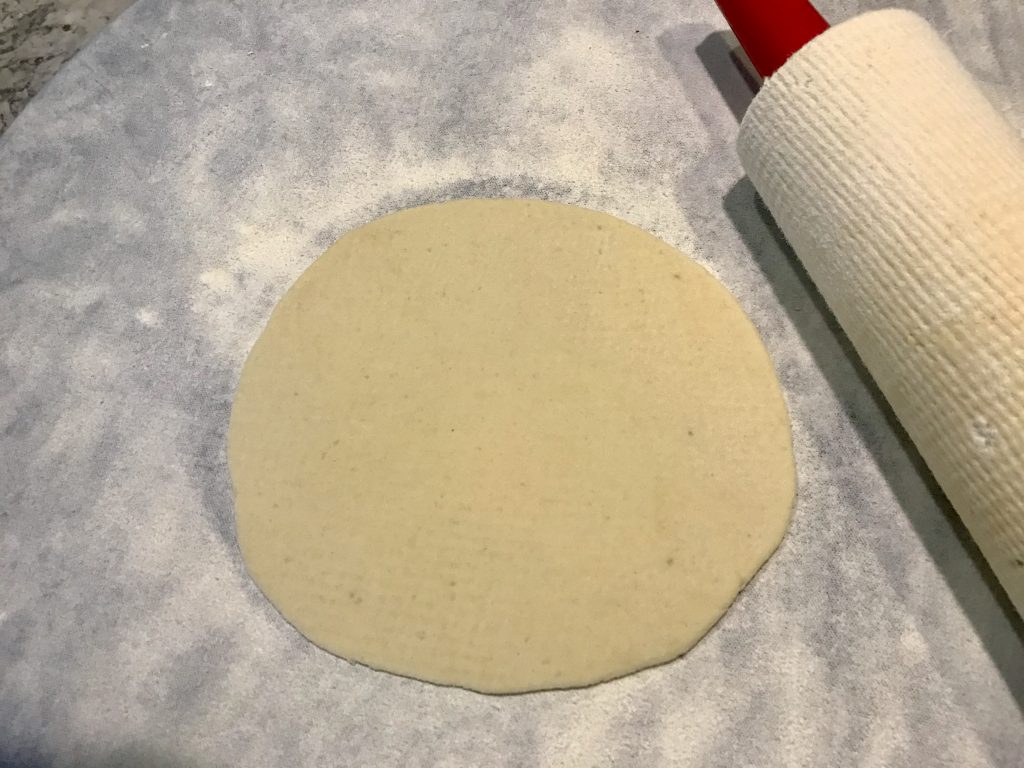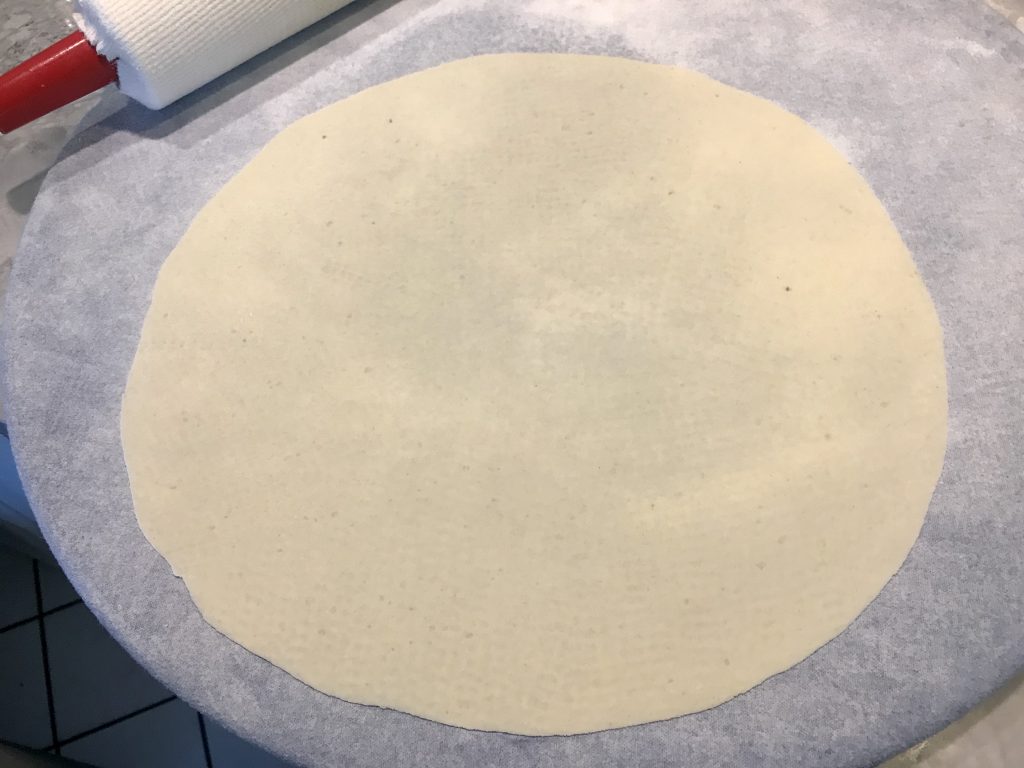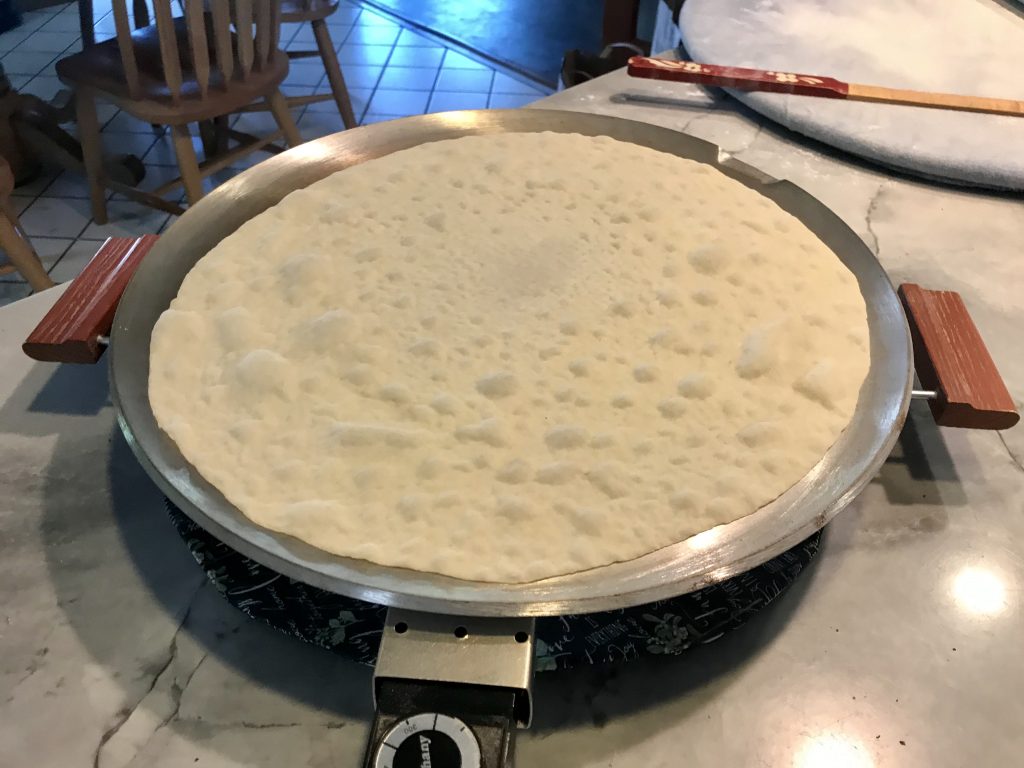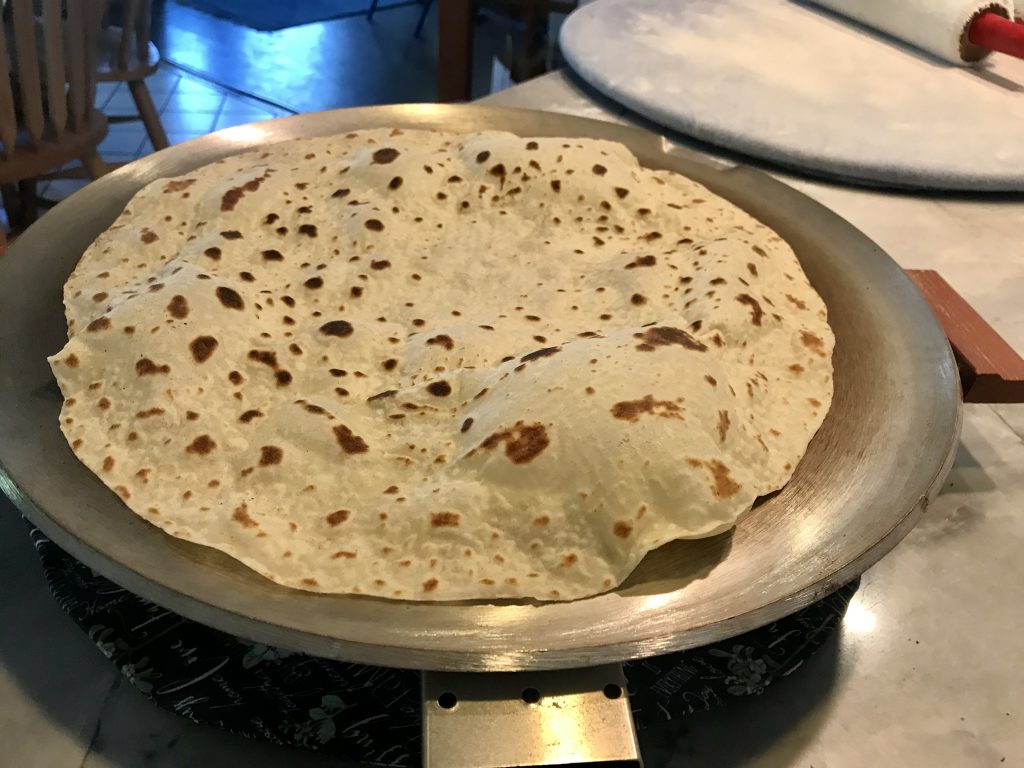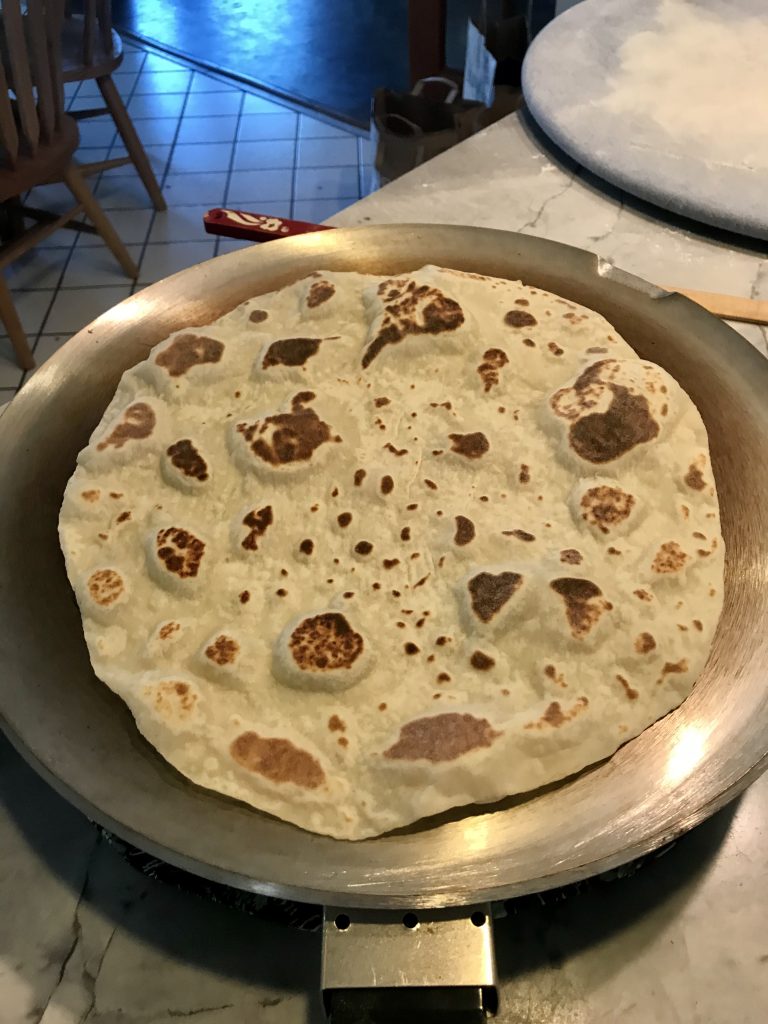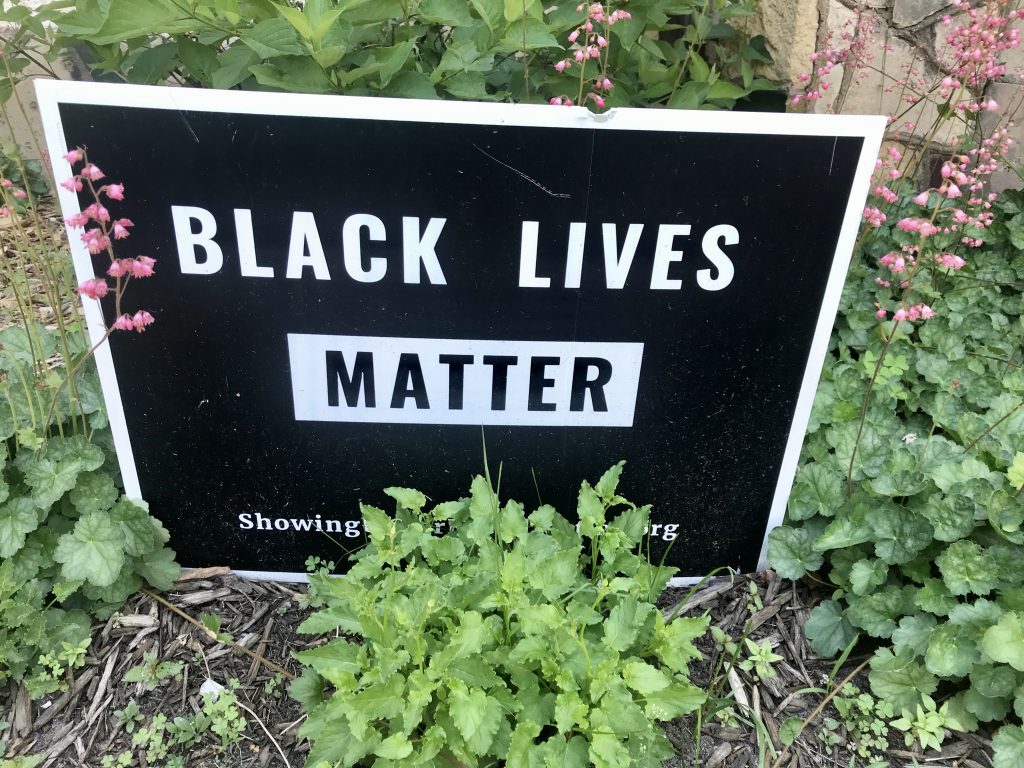
I have made speeches all over the Midwest, in red states and blue. But no matter the location or the leanings of the audience, the unifying power of lefse took over. Respect, cordiality, and a lefse kinda of love were in the air. Let’s remember that as we move forward after the election.
After all elections, it seems, most of us are weary of politics—whether we win or lose. Especially this year. So it’s a relief to get back to rolling lefse and connecting to the fun of this grand old tradition. Elections come and go. Lefse lasts.
So for fun, I decided to try—against the wishes of every lefse lover I know—making lefse with aquavit. Just a small batch. See what happens. Who knows, maybe it’ll be good. Or not…
I refer to my blog called “One-Potato Lefse—40 Minutes”. The idea is sometimes you want lefse but don’t want a big production. With this quick-and-easy lefse, it’s a perfect time to try new techniques or ingredients. I’ve tried lefse with sour cream, and it was excellent. Why not lefse with aquavit? Hey, if it’s good, it makes for great conversation in a long winter. If it’s bad, I can work on the rest of the bottle of aquavit as consolation.
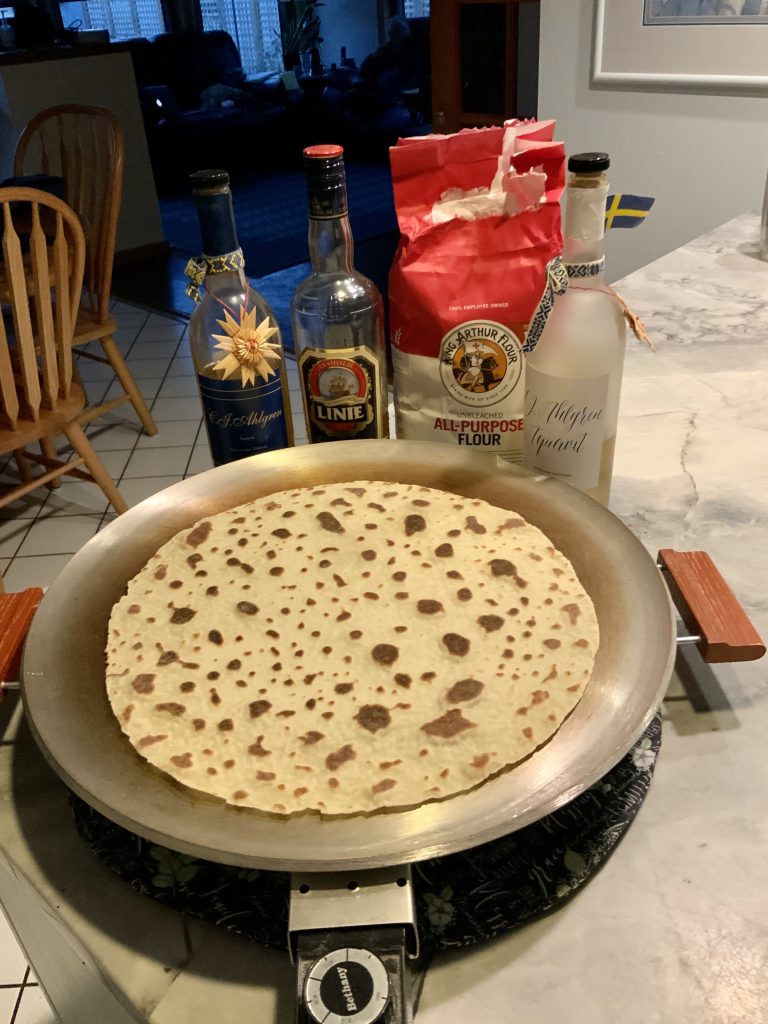
The question, of course, is: How much aquavit do I add to the dough? As a guide, I thought of vanilla, which is about 35% alcohol. A little bit goes a long way. My one-potato lefse makes for about 1 cup of lefse dough, which includes 2-3 tablespoons butter, 1/8 teaspoon salt, 1 teaspoon powdered sugar, 1/8 cup cream, and ½ cup flour, extra for rolling pin and rolling surface.
With a nervous hand, I added 1/2 teaspoon of aquavit. I have three different aquavits, but went with my favorite specialty brand (the white frosted bottle in above photo) made in a bathtub by an acquaintance in Texas (another story). I mixed the dough, added flour, and within 10 minutes rolled three beautiful rounds, if I say so myself.
So how did the aquavit lefse turn out? In a word, wonderful! Frankly, I wish I would have added slightly more aquavit to enhance the subtle sweet, woody, slightly caramel and anise taste that really popped with added butter. The aquavit should not be so obvious that someone would exclaim, “Who added aquavit to this lefse?” But it should be enough to make the taster pause in appreciation and ask, “What’s in your lefse recipe? This is unique!”
Give it a try with aquavit or whatever ingredient you have a hunch about. Be bold but be subtle.
